Commercial Tree Surgeon
Many areas of land, both commercial and community, carry with them a duty of care to the users of that space. A commercial tree surgeon is best placed to advise and undertake the work necessary to keep that space safe and productive. From tree removal to management services, commercial tree surgery can ensure that areas as diverse as parks, highways, offices and community buildings remain in harmony with the trees around them.
13+
Years Experience
200+
Project Completed
5K+
Trees Planted
5/5+
Rating
Tree Removal
There are a number of reasons that commercial clients consider tree removal. In a commercial context, this often needs to be sensitively handled. There may be dangerous, or potentially dangerous, trees or trees may need to be assessed within the management of that site. With responsibilities to the environment, the business, users, and managers, commercial tree services are key to involve in this process from the outset.
Ongoing Management
The presence of trees in commercial spaces is vital. Greenery is widely acknowledged to provide health and wellbeing benefits as well as benefits to local ecosystems and biodiversity. So ongoing tree care keeps commercial and community spaces working at their best. A commercial tree surgeon can conduct health surveys, crown thinning, pruning and general maintenance while managing site safety.
Tree Planting
It’s not just about cutting and removing. Commercial tree services are as much about cultivation and planting. With full woodland management skills, commercial tree surgery ensures successful regeneration of wooded areas. Young trees require specific maintenance skills, so ongoing management of commercial areas is vital in the success of these young wooded areas.
Tree Protection
With expertise and knowledge in arboriculture, commercial services are a key part of tree protection and ecology. A commercial tree surgeon works closely with ecologists and forestry experts to ensure the protection and care of ancient woodlands and protected trees in a commercial environment. Our commercial landscaping work remains sensitive to established and protected trees, creating a healthy and constructive space.
What is crown thinning, reduction and lifting?
The canopy of the tree is known as the crown. Crown thinning, reduction and lifting are specific pruning techniques used to manage the size and structure of large trees in a safe and healthy way.
Crown thinning
Crown thinning is used to reduce the density of the tree’s crown,in turn allowing more light to pass through the tree to buildings or land below. This technique also increases airflow and reduces wind resistance which helps reduce the risk of storm damage.
Crown thinning can also be used to maintain the tree’s shape as it grows, preventing it from overgrowing in places and becoming unbalanced. It also allows for the removal of large or damaged limbs that are at risk of dropping resulting in property damage, injury or even loss of life.
Crown thinning does not reduce the overall size or structure of the tree.
Crown raising
When the lower limbs of a tree are encroaching on, or interfering with its surrounding area, it can become necessary to undertake crown raising work. This approach removes the troublesome lower limbs and is used to add height.
Crown reductions
Crown reduction is the more invasive of the approaches to managing tree crowns and is usually only used when there are risks to the safety of the tree or surrounding structures, For example, where a large tree encroaches on power lines and overhead cables, or where there is evidence of damage or disease in the root system which put the tree at risk of decay.
Where possible, efforts are made to reduce the size of the crown whilst maintaining the aesthetics of the tree.
It is important to recognise that the more invasive nature of crown reductions can result in stress to the tree and as such, this is often our last resort.
Which crown tree service is the most suitable?
HRG Tree Surgeons provide professional advice and undertake site surveys to ensure the correct and most proportionate measures are taken when considering the need for crown thinning, lifting or reductions.

